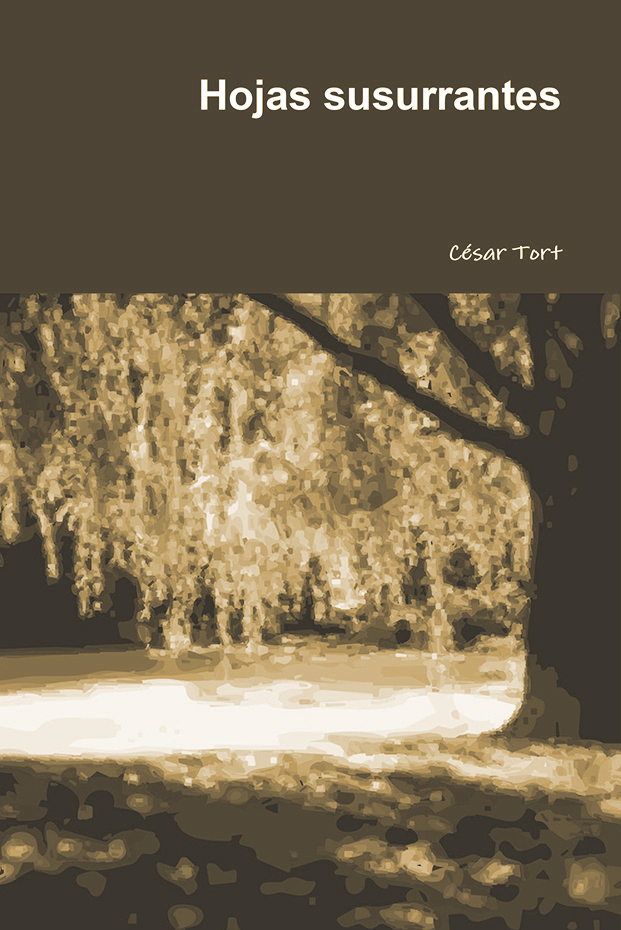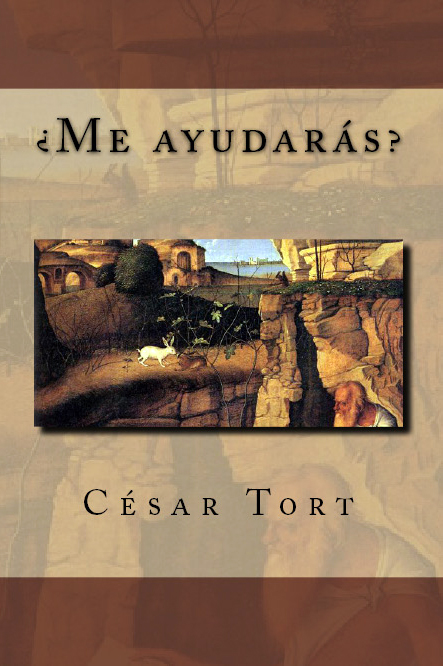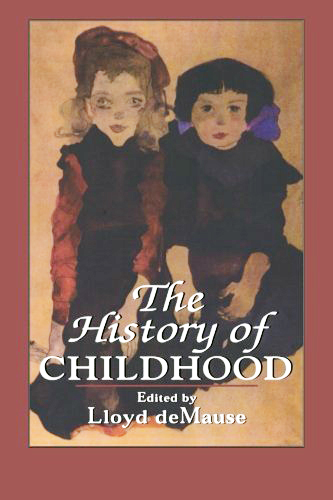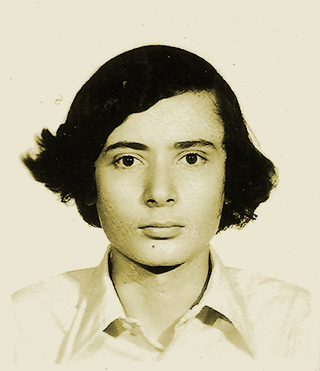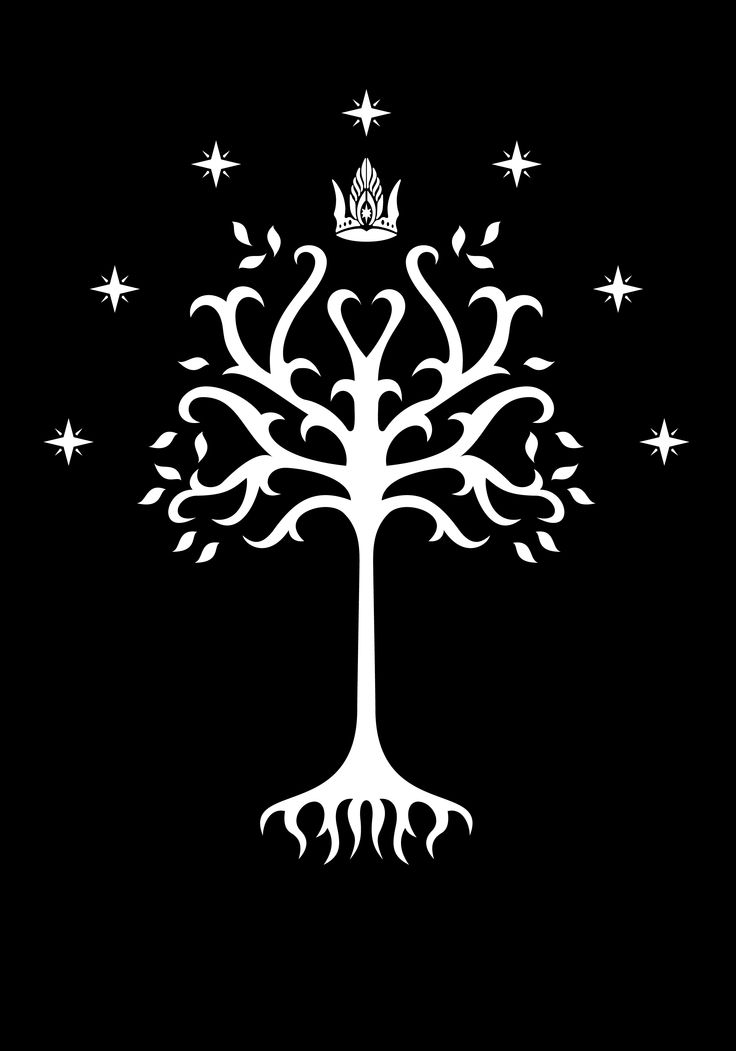(first pages)
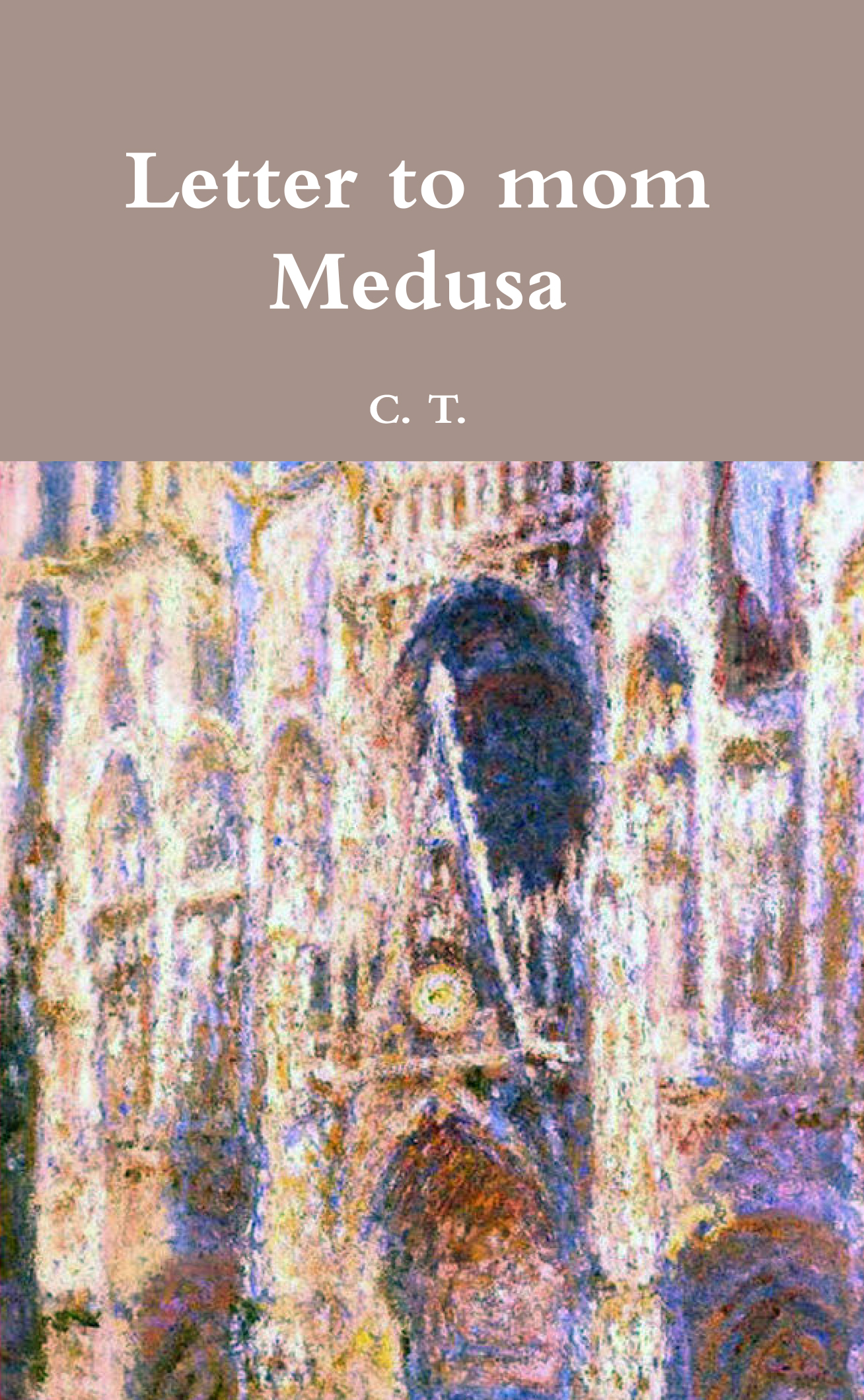
I opened the eyes in the morning and to my surprise I was on Korinna’s bed in the bedroom of my sisters. I felt uncomfortable to know I was there, but on turning over and see that Kori had slept with Genevieve I felt relieved.
Both were sleeping, but looked younger: Genevieve looked like a thirteen year old. How I remember the incredibly pure face of Genevieve!, like a little slept virgin. The beautiful matutinal light and the silence of the morning gave the bedroom a unique smoothness.
With a child’s spirit, in a leap I raised up to look at the street, I opened the window and…
What I saw produced indescribable amazement and rapture.
Everything was changed.
There was nothing of the street of Palenque, the Narvarte neighbourhood or even Mexico City, but a Cathedral of such beauty that I stayed ecstatic and dumb at contemplating it. It was of such beauty that the volatilisation of the known world absolutely made no dent on me: my rapture upon seeing the rosy Cathedral eradicated all negative feeling, it was like being in a pristine state of mind.
The Cathedral was in a Mexico certainly, but like a Mexico of another dimension, like a future, or as if history had taken another course, or like if we were in another age.
The landscape was so tranquil, so smooth, there were so few people in that settled and balmy city that my sensation to contemplate it was that of the purest halcyonism.
The landscape I had before my eyes was huge: I could see miles away. Barely there were houses. Just the Cathedral hypnotized me with its unknown majesty in this dimension.
Far away, very far away, I seemed to see a humble woman with a shawl, one of those who get up very early in the morning. She walked by an empty plaza or main square much more extended than the Zócalo of our city or any other.
Then I saw below the changed street of Palenque. By our garage, or a little to the left, in its place there was a grocery store and a few men that looked like villagers; one of them even had a peasant hat. They looked as tranquil as the landscape.
Then I saw a friend from the park that came in direction to the store and I shouted to him:
‘Rodolfo!’
I wanted that he explained to me what had happened with the world, what might have caused such incredible changes. He saw me and raising the hand he greeted me but he continued ahead to the store and I felt disappointed because I expected an explanation on the state of affairs.
But the setback disappeared when I fixed my eyes again on the imposing Cathedral: I didn’t want to miss a second that image that had me bewitched, in an ecstatic state.
It was paradise and without a thought I went out of the bedroom in order to run down home’s stairs and get outside. But when I came out of the bedroom…
Everything grew dark.
Among the blackness, I found myself in the hall. I wanted to go down the stairs but…
There you were.
I wanted to get outside but your presence seemed to impede my way.
You had the typical face of upset mother segregating bile. I was under the impression you scolded at me, but since my visual rapture had been so, so high nothing of your scolding did I hear, I only saw your vertiginous lip moving. Aunt Blanquita was behind you, also irritated, she seemed a confidante that backed up your scolding. (Very nebulously I remember my little brother near the darkened stairs, but I’m not sure.)
Despite the tenebrous place and the gloomy and jabbering consorts—that I didn’t hear at all—:
From the hall, level with your bedroom there was a window, from which enthralled I continued to observe my Cathedral, this time from a side…
I stayed speechless before its magnificence… marvelled at such a beauty.
But you continued with your deaf scolding, choleric and making faces.
For an instant, your grimacing distracted me from my ecstatic vision.
For an instant I felt pinked by your senseless scolding.
And in that instant I turned over to talk you back.
Then I waked up.
It was night. About three in the morning, the most profound and silent hour of the night.
The ecstasy of my dream’s psychic dimension had been such that once immediately awoke, realising all was but a dream, I craved with all my might to go back to that parallel world and stay there.
It was a sharp drop, the drop from a very high universe to a degraded one. Once you reach the Himalayas of spirit, you don’t want to let them go.
Never my unconscious had reproduced with such an unlikely exactitude the world: it was indistinguishable from the real one. Impossible to believe all was a dream. The bedroom for instance was a trustworthy replica of the white bedroom of my sisters.
It should’ve been about March 1977 when I had the dream of the Cathedral, the moment I reached the peak ecstasy in life. The impression produced in my mind, and the consequences for my real life, are let felt even now.
It’s the most important dream of my entire life: and not even this long epistle will be enough to explain it to you.
_________
Above, the first pages of Whispering Leaves’ first book. Hard copies of this first book in English are now available here (to contextualise it among the other ten books see here). Let me know if, due to the Chinese virus, you have problems with the delivery service.



